It’s the Fourth of July and I can hear the bombs dropping on Syria. Here in Ramtha we are 5km from the city of Dara’a. It’s loud and constant for months in Dara’a and for years throughout Syria. I used to love fireworks. I don’t anymore.

ARRIVAL:
I arrived in Jordan on June 29th excited and nervous. My last international trip was a two-month physics program during college. I remember struggling a lot to adjust. I felt incredibly isolated and was homesick quickly. Here again, I was entering a part of the world I had never been, in a very different culture and now with a language barrier. The extent of my Arabic was a collection of little phrases I had learned from my beautiful blended family. My stepmother, Aileen, and my three sisters came to the US as refugees from Iraq and have overcome incredible odds navigating the educational and economic challenges that came with leaving their home. Aileen worked with my father at Alliance for African Assistance, an East County San Diego non-profit that provides housing, employment and mental health services for refugee families. When I moved back to San Diego three years ago I got involved with this community by developing a refugee mentorship program for high school students who were interested in medicine. Through these experiences refugee health became personal for me and was the reason I chose the Middle East for my global health project.
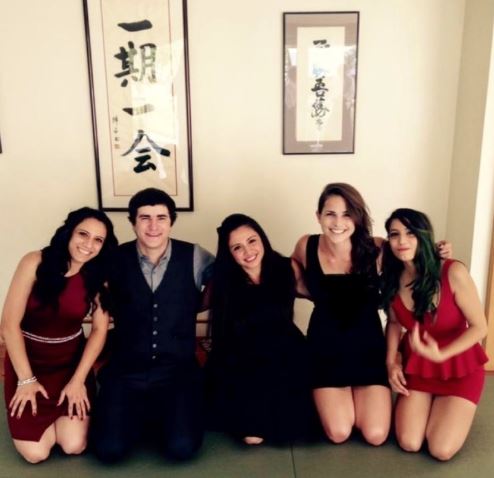
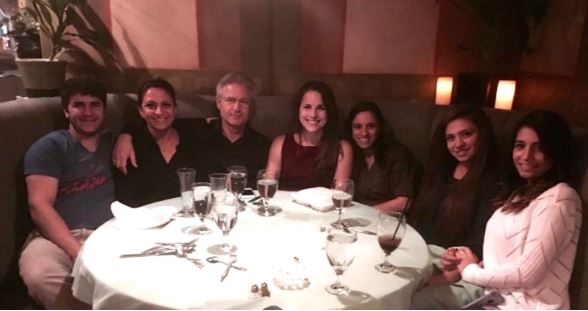
THE SET UP:
When I began medical school, I emailed Dr. Wael Al-Delaimy, the Division Chief of Global Health at UCSD, who has many connections in Jordan through his various research projects and the Research Ethics Education Program that he established at the Jordan University of Science and Technology (JUST). I told him about my interests and that I was looking to do a project focused on refugee health that I could meaningfully contribute to over a single summer. I was incredibly fortunate that he agreed to be my PI and after looking into a few different options he connected me with Dr. Heyam Dalky, a professor at JUST who obtained her RN training in Jordan and completed her PhD in the US. Dr. Dalky used her various connections in Jordan to connect me with Abdelmajid Alzubi, the manager of the Altkaful Health Center where our research project would take place. Through this process and without even leaving the country I experienced some important aspects of global health research. Getting everything set up involves a lot of connections, false starts, and adaptability along the way. I am so grateful that I had incredible mentors to guide me through it. After a few months, we had a research proposal and a plan. The project would focus on Syrian refugee mental health and would involve surveying parents and their children at the Altkaful Health Clinic in Ramtha, Jordan. Each parent would receive a packet to complete which included:
- Demographics Form
- Strengths Difficulties Questionnaire (SDQ): Parent assessment of child’s behaviors
- Connor-Davidson Resilience Scale (CD-RISC): Parent resiliency measure
- Harvard Trauma Questionnaire (HTQ) abbreviated: Parent history of torture
- Hopkins Symptoms Checklist (HSCL): Parent depression and anxiety screening
Their child would also receive a small packet which included:
- Child and Youth Resilience Measure (CYRM): Child resiliency measure
- Children’s Depression Inventory (CDI): Child depression screening
- Harvard-Uppsala Trauma Questionnaire for Children (HUTQ-C): Child’s history of exposure to traumatic events
At 20 surveys per day for 4 to 5 weeks we would theoretically be able to complete 400 surveys during my time in Jordan. This large sample size would allow us to analyze the relationship between parent’s history of torture, depression/anxiety as well as resiliency and correlate it with their child’s depression and resiliency. Does a mother’s resiliency serve as a protective factor for her child and prevent symptoms of depression? How does childhood resiliency fit into the relationship? What screening tools can clinic staff use to quickly assess Syrian families so they can be referred to get the help they need? Are there interventions that can be developed to help promote resiliency in Syrian parents and their children?
Once the project was established I reached out to my father to see if he was interested in joining me for a portion of the trip. His response was classic my dad, “You mean I’ll get to spend invaluable time with my daughter?!”. The challenge for him was that he is the only clinical psychologist at the nonprofit he works for and coverage doesn’t exactly work the same in the mental health field as it does in medicine. He was able to arrange two weeks away from the office and set up a direct line of communication for his patients while he was in Jordan for those who needed his support while he was away. Because of his experience working with refugee families in San Diego both the Altkaful Health Center and faculty at JUST invited him to be a guest speaker and lead workshops during his trip.

ARRIVING IN RAMTHA:
From Wadi Rum we drove five hours north, almost the entire length of Jordan, to Ramtha in the northeastern tip. An apartment at JUST had very generously been arranged for us and we were warmly greeted by a professor of dentistry who lived above us. The apartment was perfect. It had two bedrooms, a lovely living room and kitchen, a water boiler, microwave, hot plate with one pan and about 10 stray cats that lived outside of our kitchen window.

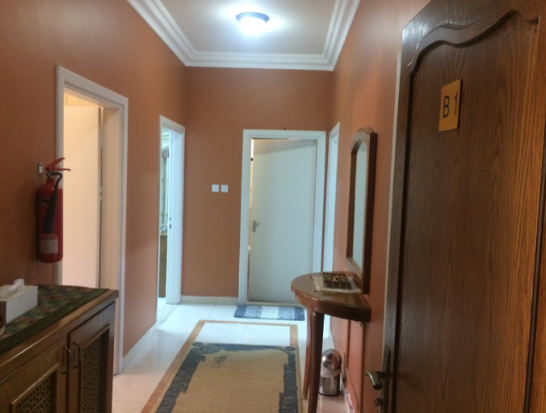

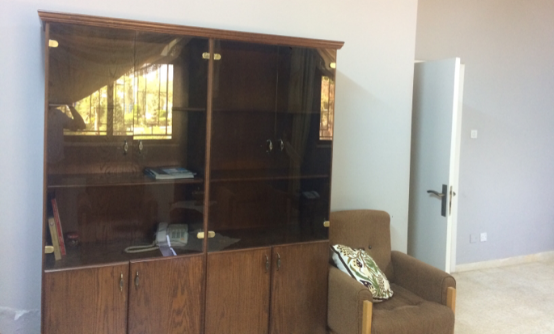
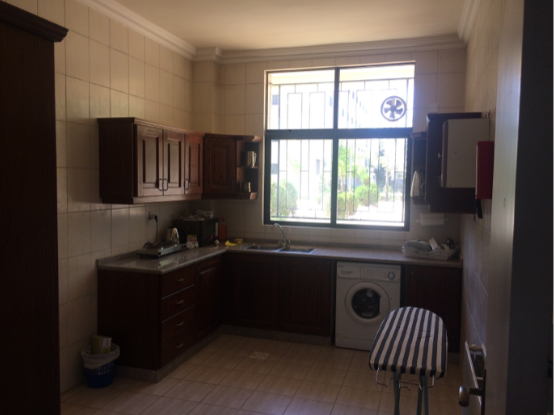



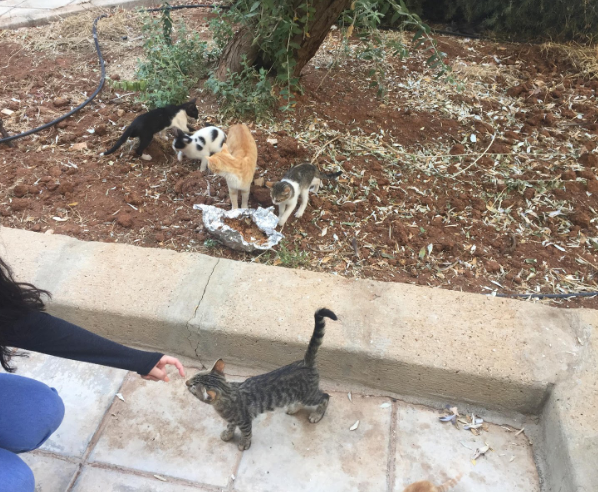
AMANI:
During our first few days in Ramtha my dad led his trainings at the university and I went to the Altkaful Health Center to begin data collection. I spoke only a few Arabic words when I arrived (and only a few more when I left) so completing 400 parent/child interviews using google translate would have been impossible (though it did get me far when I was traveling alone in Jordan). For many reasons, including this one, the best thing that happened to me was Amani. Amani was a top ranked student in the JUST nursing program. She had graduated a few years ago and had worked with multiple NGOs as a nurse. She also had a 5-month old baby named Ayham and because of this was taking some time off to be with him and her family. Dr. Dalky was her mentor at JUST and connected us. For four weeks Amani spent every day, away from her baby, surveying families with me. She was not just a translator, but was also a cultural bridge as I navigated my new situation. I asked her questions constantly and I can easily say that none of this would have been possible without her – she was my rock, a wonderful friend and partner throughout the entire project. In Arabic “Amani” means “wishes” and she really was a dream come true.
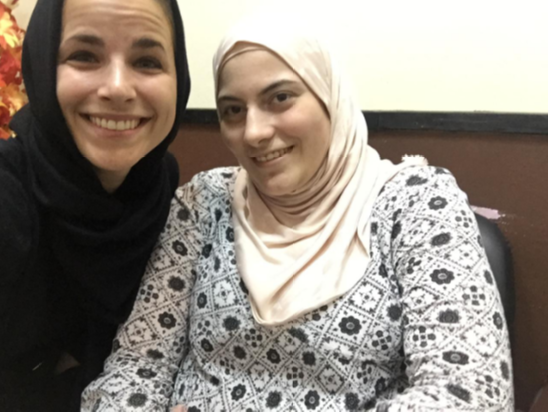

ALTKAFUL HEALTH CENTER:
I didn’t know what to expect for my first day at the clinic. All I knew is that the clinic saw more than 100 patients in a given day and that 95% of them were Syrian refugees. My dad and I had a meeting with Dr. Dalky and the deans of the nursing department the morning after we arrived and then were picked up by the clinic van. We drove 15 minutes to the center of Ramtha which borders Syria to the northwest and found that the clinic was absolutely amazing.
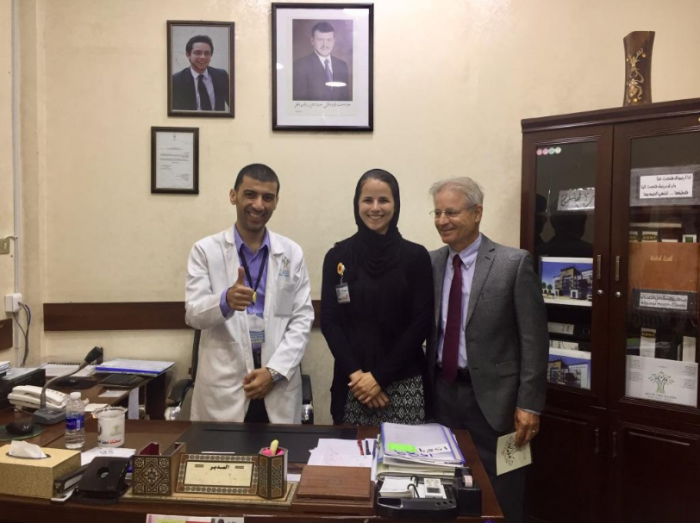
The clinic is two floors. The top has an administration office, small emergency department, pharmacy, women’s clinic and dental clinic. The bottom floor has the physical therapy clinic, other specialty clinics which rotate (ortho, gen surg etc.) as well as a community room where clinical training and public outreach programs are held. We were given a tour by Abdelmajid and found the entire clinic staff to be incredibly warm and welcoming. The next day I met Amani and data collection began. The patient flow of the clinic varied day to day and due to our age-related inclusion criteria, we found it difficult to find 20 families per day to survey. The clinic offered a solution – we surveyed patients in the morning at the clinic when it was busy and then went to patient homes in the afternoon to do home visits. This was really helpful for data collection and also gave me a unique look into the lives of Syrian refugees living in Jordan. Families graciously invited us in and we sat on the floor on cloth pads and were always brought a small cup of coffee or a glass of juice. These families, many of whom barely had anything, would always offer us something.



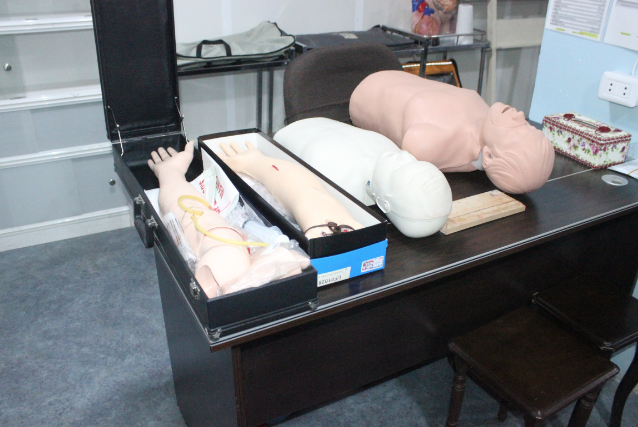
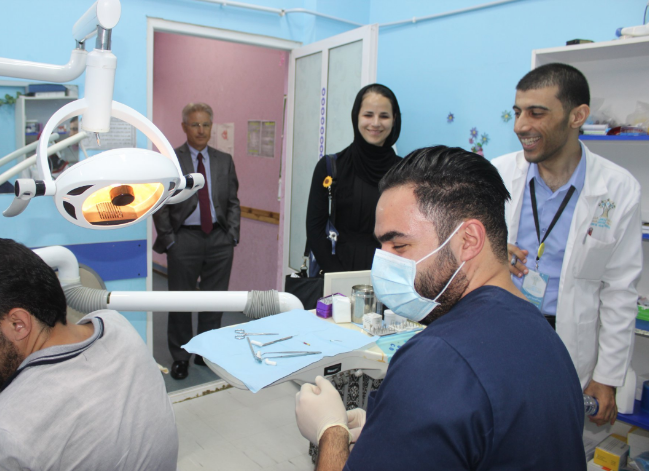


I took the advice of a classmate who had traveled to Jordan and I decided to wear a hijab everyday in the clinic. I wore one for two reasons. First, Ramtha is a very conservative part of Jordan and many of the Syrian families we were working with were very traditional. For example, some Syrian women would cover my legs with a blanket when I sat on the floor of their homes for my modesty even though I was wearing a floor length skirt. My choice to wear the hijab also fit with my choice of wanting to make those around me more comfortable. Amani agreed that it would be appreciated by the families. Second, it made me feel more comfortable. Irbid and Ramtha are not tourist cities and the majority of women wear hijabs. During my trip, I noticed that people were naturally curious when they saw me or overheard me speaking English, but the attention didn’t make me feel unsafe. The only instance that made me a little uncomfortable was when we were walking to a family’s home and were being followed by a man in a car asking if I was married. I started wearing a fake wedding ring after that. For me, the hijab gave me the privacy of blending in a bit more easily, however, a part of me also felt like it was wrong to wear it. I’m not Muslim. I did not share this culture. I was doing it for convenience. I put it on and took it off when I wanted to. Those thoughts stayed with me, but I continued to wear a hijab because so many women both at the clinic and in private told me that they felt respected by my wearing it. I chose to trust the advice of those around me.
In addition to the hijab, my clothing style changed quite a bit when I came to Jordan. The majority of the time in the US you will find me in fitted jeans and a tank top, but in Jordan I knew I wanted to reflect those around me and I had the pleasure of going thrift shopping with my mom before I left. Equipped with floor-length skirts, dresses and long sleeve cardigans I always felt like I had the clothes I needed while in Jordan. Again, this wasn’t something that I had to do, especially in more touristy cities like Amman or the Dead Sea, however I am glad I chose to dress in this way.

A note regarding safety in Jordan – there were very few times that I felt unsafe. I took all of the same precautions that I would in any other city: I avoided going places at night, I didn’t tell anyone that I was living alone, I made sure I knew where I was going when I was walking in public. The day I arrived the clinic posted photos of me on their public Facebook page which was incredibly sweet and welcoming, but I immediately worried that it could make me a target. On July 3rd, my second night in the apartment, the bombings in Dara’a started just a few kilometers from Ramtha. Every night I went to bed listening to explosions in the distance and the next morning would hear the stories of the aftermath from the clinic staff. I could have left Jordan and returned to the US and Dr. Al-Delaimy would have been completely understanding, but these bombings were very common so I stayed.


A typical week for me involves surveying Sunday through Thursday since Friday and Saturday are the weekend days in Jordan. Daily I get up at 7am, make scrambled eggs in my favorite pan, try not to injure myself cutting peaches and watch the morning news on Al Jazeera. The clinic generously offered to pick me up in a van each morning so at 8:30am I am on the curb hanging out with my favorite cats waiting for my favorite duo, Ahmad and Abubashar. Ahmad is the media director for the clinic. He runs the social media accounts which gives information about the scheduled clinics for the day as well as provides advice and health tips to the public. He went to school for graphic design and uses that training to create posters which are displayed throughout the clinic. Beyond these roles he also helps to manage the clinic and every morning was waiting in the passenger seat of the van with Abubashar to pick me up. I never learned Abubashar’s real name – in Arabic a common way to give someone a nickname is to call them the father of their son. Hence everyone called him “Abu-Bashar” meaning father “abu” of Bashar, his son. Abubashar used to fly planes and now drives the clinic van to pick up clinic staff, make home visits to patients and a variety of other tasks. Without Amani to help me with my lack of Arabic Ahmad, Abubashar and I managed to have simple conversations in English mainly talking about the weather, their families, and when we got stuck with the language we would just smile at each other and move on.

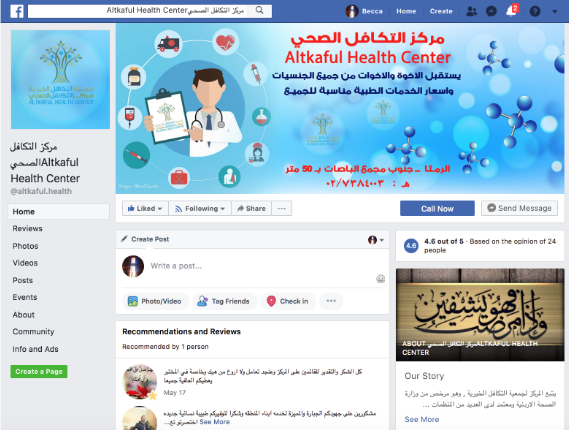
https://www.facebook.com/altkaful.health/

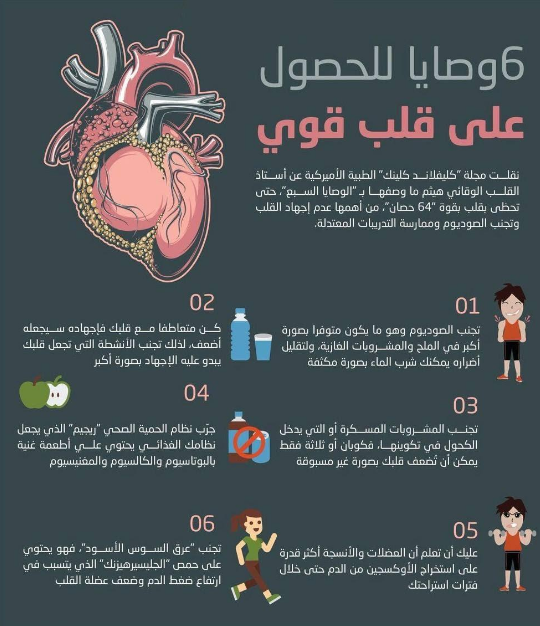
HISTORY OF TORTURE:
The afternoons that Amani and I spent doing home visits where either at family homes or at the Altkaful Orphan’s Housing. In Jordan, the term “orphan” refers to children who have lost their father so the orphan housing we were visiting were apartments provided by the Altkaful organization for mothers and their children whose husbands had died or were missing. Many had fled Syria in 2012 and their histories of torture and trauma were extensive. Many endorsed being humiliated, threatened, deprived of sleep/food/water/shelter, forced into labor, imprisoned, subjected to mock executions. Others had been burned, raped, watched their family members killed in front of them. Coming into this project I knew I would hear these stories, but I didn’t know what to expect when we asked these questions. The torture history survey asks for a simple “yes/no” so we would make sure the women being interviewed had space and felt safe and then Amani would go through question by question in Arabic asking things such as, “Have you ever been chained or tied?” and the woman would say “la” meaning no or “na’am” meaning yes and Amani would ask the next question. There typically were no tears, no more of the story behind the yes’s being given between questions. The women were incredibly stoic and this surprised me. This was their reality and they lived with it every day. It typically wasn’t until after the surveys were done and they invited us to have coffee with them that more of their stories were told. They missed their homes unbearably. Their children were struggling immensely and while grateful for the support they had been given, this was not the life they had planned for their families. Stuck in extreme poverty. One woman said that she was everywhere and nowhere, stuck in-between a country she couldn’t return to and a country that didn’t want her.
Child riding a broken bike inside a Syrian refugee home. Ramtha, Jordan.
BEAUTIFUL PEOPLE:
During the planning of this trip I was really worried about how I would communicate in this more rural part of Jordan. Many times, I would ask a question in English or poorly pronounced Arabic and it wouldn’t be understood, but everyone was incredibly patient with me. For example, the university housing had a small shop and cafeteria nearby. It was the only food close enough that didn’t require a bus or taxi. Every few days I would walk there and I got to know the two cousins who ran the shop. One of them, Ahsan, his name meaning “best of all”, was the second person we met at the university after being dropped off. It was 6pm, the cafeteria was closed, but the shop was open. We walked in worried we would be eating chocolate bars for dinner (which wouldn’t be the worst thing) and asked Ahsan what we could put together for dinner. He walked us through his entire store and showed us everything. He wanted to know all about us: where we were from, why we were here, if we need anything from the main city. I have never felt so welcomed by a stranger in my whole life. For dinner, we settled on some chicken, onion, eggs, bread and hummus – all of which would become staples for my meals over the next five weeks. Ahsan sent us home with a variety of juice and chocolate bars for free and said he would get some new things specifically for us the next time he was in the city restocking. I saw Ahsan every few days for my entire trip. He would teach me a few words in Arabic, tell me what was on the menu in the cafeteria that day because I couldn’t read it and asked that in return that I correct his English when we spoke. On weekends when I was living alone working on data entry Ahsan would be my daily dose of humanity. I tried every single candy bar in his shop by the end of the trip and started calling him “Awesome” instead of Ahsan.
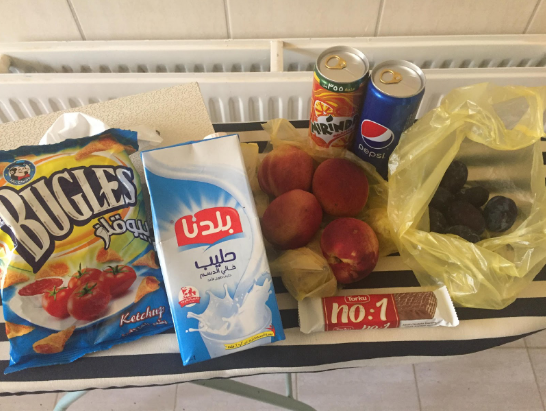
Now imagine the same situation happening in the US. Two Jordanians walking into a convenience store asking in broken English what they can buy to make dinner. Do you think the American clerk would walk them through the whole store, voluntarily translate the labels they couldn’t read and send them home with free American drinks and chocolate? I’d like to hope so, but I’m doubtful. Ahsan was an incredibly welcoming person, but he was not the exception in Jordan. Everyone I met, truly everyone, would recognize when I needed help and was incredibly patient with me as I struggled with the language. I have never felt so safe and welcomed in a such an unfamiliar place. Many times, random people, professors, clinic staff, even taxi drivers, or people who gave me directions, would invite me to go to their family homes to have lunch and it wasn’t just a figure of speech. Since I was traveling alone for the majority of the trip I didn’t take many up on the offer, but while my dad was with me we really enjoyed spending time with new friends, meeting their families and eating traditional Jordanian food with them.
This incredible culture of hospitality made me think a lot about a family I have been working with for the past few years. They came to the US as refugees from Afghanistan and I’ve been working with their two high school boys to make sure they have the educational support they need as they adjust to their new lives. They too had almost nothing when they came to the US and yet every time I go to visit them their beautiful and amazing parents make me tea and serve me dinner. They brought their culture of hospitality and love to the US and I think the average American could learn a lot from families like them. I grew up in a rural part of San Diego called Lakeside which is very white and in my opinion very closed-minded. Over the last few years refugees have been resettling in Lakeside as well and I worry about how they are being treated. I see a lot of hate on social media from former high school classmates of mine and I know that our refugee community feels it constantly.


Tea and breakfast served to Amani and me by local Syrian families during data collection. Perfect examples of this culture of giving even when you have so little. Ramtha, Jordan.
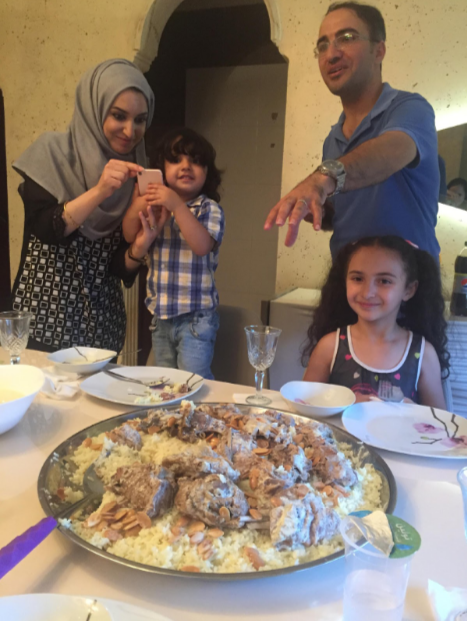
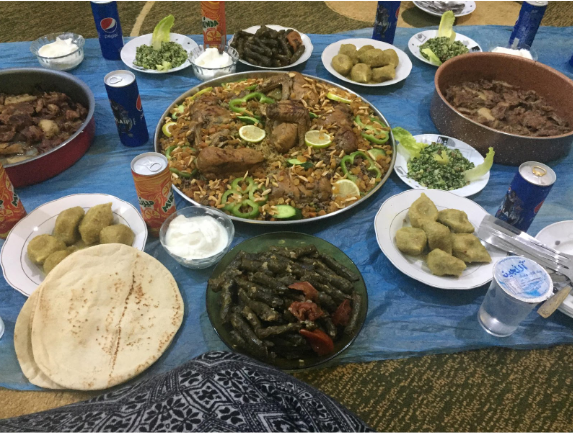


Family dinner with Dr. Dalky. Coals are prepared as on the left and then the meats are cooked on grills. This was an amazing meal. It reminded me a lot of the family dinners that I have with my cousins in San Diego. ❤ Irbid, Jordan.
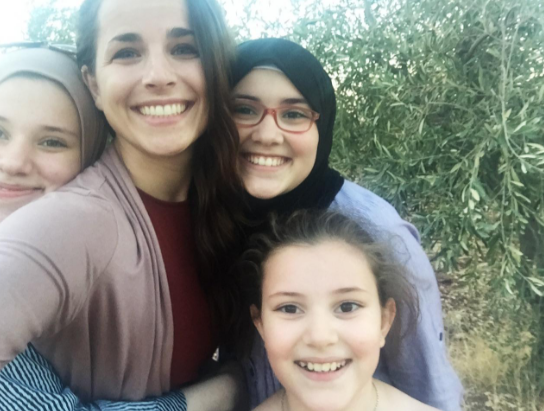
THE FOOD:
I would be amiss if I didn’t talk more about the food – it was incredible. Our first meal in Jordan was a little continental breakfast provided by the small hotel we stayed at in Madaba. We ate on a rooftop that overlooked the entire little city. The mosque was stunning. This simple breakfast was the perfect introduction to the food of Jordan – hard boiled eggs, fig and peach jam, bread, hummus, olives etc. The wonderful thing about Jordan in the summer is that all of the fruit is in season. It’s not like the US where you can buy anything year-round – in Jordan the summer is fruit season and the produce is so much better. I don’t eat a lot of fruit in the states, but in Jordan plums, peaches and figs were a daily joy for me. Another fortunate thing is that I love lamb. The national dish of Jordan is mansaf, a lamb dish cooked in three kinds of yogurt (as pictured above with Dr. Hossam’s family) served with rice and bread. The first time we had it was in Petra and it was absolutely delicious. My dad, who is not a big fan of lamb, was also happy because chicken mansaf was offered. At the university we had the traditional lamb version at Dr. Hossam’s house and again at local restaurants. While it was a heavy dish, I never got tired of it. I got into a habit of taking leftovers home and eating it for multiple days after that. For the weeks that I was living alone I ate a lot at the university cafeteria. Every meal was 1.50 dinar (about $2.00 US) plus another half dinar for hummus (of course!). Most meals were chicken and rice, but every once in a while, they would serve beef or fish. Everyone kept telling me not to judge the food of Jordan based on the cafeteria, but to be honest I really enjoyed it!
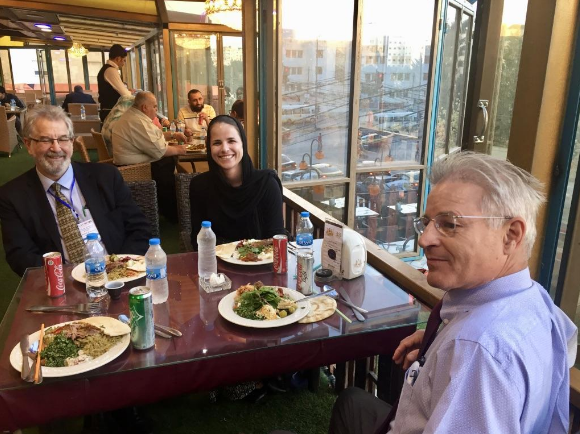

that you can drink and an important ingredient in mansaf. Irbid, Jordan.

Chicken mansaf on the left, my dad’s favorite meal of the trip. On the right is musakhan, a Palestinian dish commonly served in Jordan. Petra, Jordan.
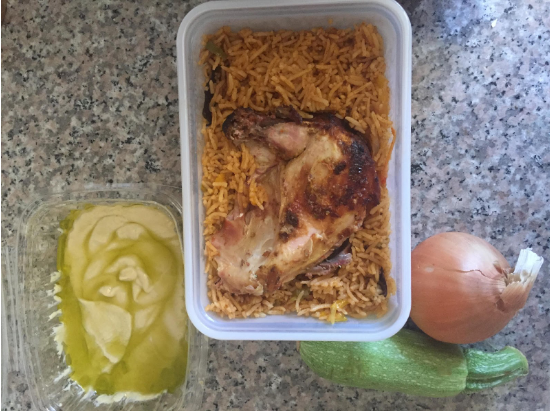
then cook them together with the chicken and rice. I loved it. Ramtha, Jordan.
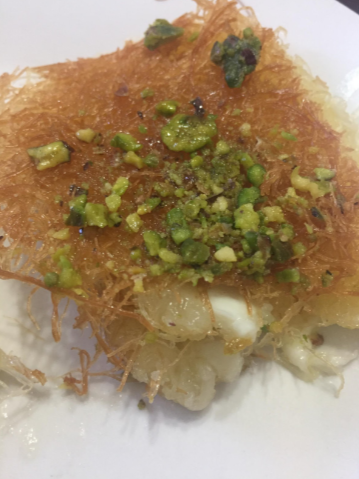
though a Nutella waffle I had with Amani
was a close second! Irbid, Jordan.
More desserts and dominos with my dad. Irbid, Jordan.
Spices and fruit at a local grocery story. Irbid, Jordan.
THE SYRIAN REALITY

As I write I find myself avoiding the difficult topics. I know what’s happening in Syria, but here I sit, watching TV at night doing everything I can to not think about it. It’s just thunder. The truth is it’s Syrian and Russian air strikes and mortar fire. I can feel them shaking the apartment. I heard that at least five hospitals have been shelled out of service today. Families are fleeing. A lot of people are dying. Those who survive have hit the closed borders of Israel and Jordan. Children screaming. Parents begging for safety. It’s just thunder. Many of the Syrian families who have been resettled have been severely traumatized. I see it every day written in their handwriting. Many of our parents and their children have survived lack of water, food, shelter, imprisonment, physical and sexual abuse, extreme torture. The list is horrendous and on top of it all they hear rumors daily that the Jordanian government is going to force them to go back to Syria during the war when there’s nothing for them to return to. It will take Syria a hundred years to recover what they have lost. It’s not thunder and it’s not fireworks. It’s part of the worst humanitarian tragedy of our time.
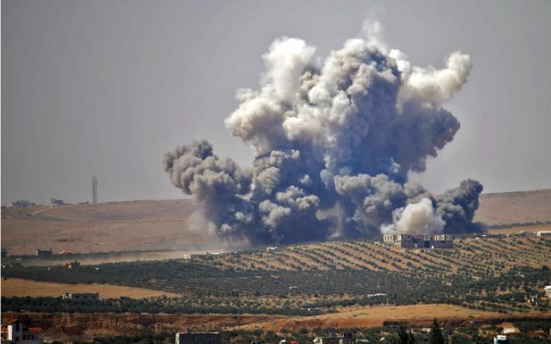
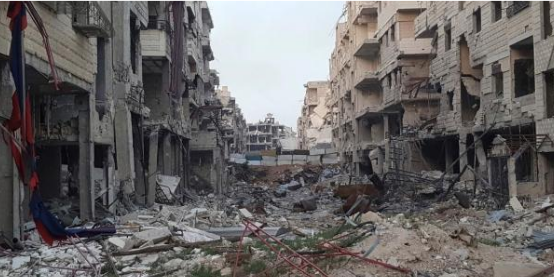
I’ve felt a lot of guilt about the research design. Data collection involves us entering family homes, asking them to complete a five-page survey about their depression, anxiety and history of torture and for what? What do I give them? A toy car and a pencil for their child and the reassurance that, “this research will help us better understand the suffering of families like yours so we can make a difference”. Do I believe that? Am I really contributing to anything? These families are welcoming me in and reliving their trauma so that I can hope we find something significant that might someday lead to an intervention or outreach program. I had a conversation with one of my physician mentors before I left for Jordan and told her that I was feeling this way. Her response was that allowing people a space to tell their stories is a small gift in itself and that the best I can do is to respect them, care for them in the small amount of time we have and remember that these experiences influence my future scope of practice as a physician. The impact doesn’t come this summer. It’s comes over the course of my career in medicine. I really appreciated the sentiment, but the guilt has stayed with me.
MOVING FORWARD:
There’s a lot about this trip that I am still processing. I’ve now read 150 of the families’ surveys as I’ve entered them. They are a reflection of unbelievable pain that I can’t fully comprehend and that as an entering second year medical student feel I have no control to fix. What I do know is that this experience has solidified my commitment to continuing to serve in these communities in any way that I can. As I grow in my medical training so too will my ability to make an impact and I truly hope to return to Jordan. In the meantime, I will be finishing this research project and hopefully finding something significant. I also have a few other ideas that I want to look into. I am reaching out to teaching programs in San Diego to tell them about the Altkaful organization and the need for educational initiatives in Ramtha. It would take a lot of work, but a partnership with Altkaful could mean a lot for Syrian children of Ramtha, many of which are not in school or are years behind. Another idea is a telemedicine program with the Altkaful clinic and mental health clinicians from the US to start some kind of training program as a small step to bridge the gap between the mental health concerns we are seeing and the lack of psychological support. I’ve learned from this small summer project that initiatives like this would likely take years and can become incredibly complicated, but the work is important and worth working for.
As I reread what I have written in this post I feel the same kind of disconnect here that I did in Jordan. I would spend an evening laughing and sharing incredible food with new friends and then the next day be sitting in front of a mother who watched her child be killed in front of her. This trip feels like two different experiences blended into one. I felt so much joy, but also so much heartbreak. I’m still trying to reconcile everything that I experienced, but I am so grateful for the opportunity. There so much more that I want to say, but I haven’t yet found the words. Overall, this has been a trip of a lifetime for me and I have fallen in love with the culture of Jordan and it’s incredible people.
To Amani, Dr. Dalky, Dr. Al-Delaimy and everyone else who has supported me along the way, thank you for your patience and your time. Without you none of this would have been possible for me and I am forever grateful.
To the Altkaful organization and clinic staff who became my family away from home, thank you for your generosity, love and kindness. What you have built for your community is truly wonderful and something I aim to emulate and contribute to over the course of my career in medicine.
To the families who invited me into their homes, thank you for opening up your lives and for sharing your incredibly personal stories with me. You have taught me what it means to be resilient. Your stories are with me and I feel will always be.
To be continued…
Rebecca Dehnel










Wonderfully written account!
LikeLike